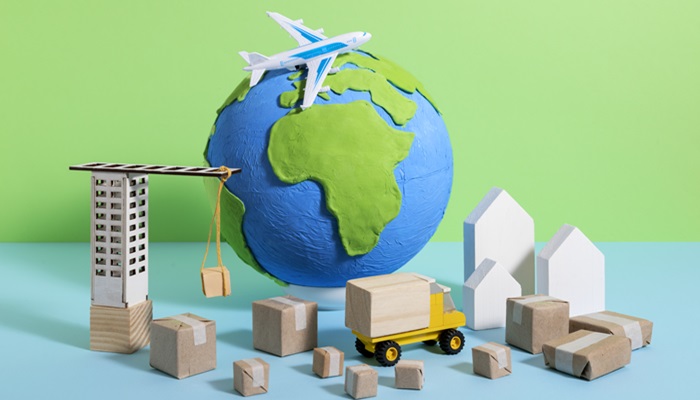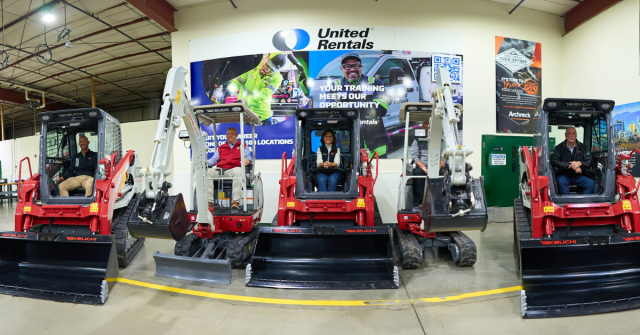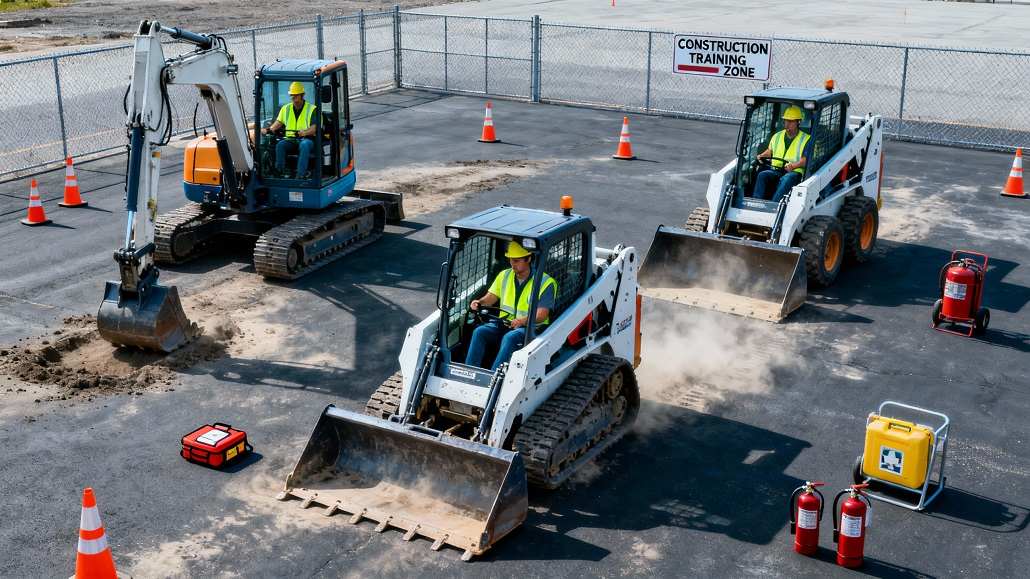Green strategies in electronics transportation – how can consumer electronics and white goods logistics become environmentally friendly?
Given the current demand for consumer electronics/appliances, an investment in sustainable transportation of cargo from these categories can pay off relatively quickly. What measures are worth implementing, knowing the specifics of these industries? How can intermodal transportation benefit the environment? In the context of consumer electronics/appliances logistics, the main thing to consider is that these […] The post Green strategies in electronics transportation – how can consumer electronics and white goods logistics become environmentally friendly? appeared first on World Construction Today.

Given the current demand for consumer electronics/appliances, an investment in sustainable transportation of cargo from these categories can pay off relatively quickly. What measures are worth implementing, knowing the specifics of these industries?
How can intermodal transportation benefit the environment?
In the context of consumer electronics/appliances logistics, the main thing to consider is that these types of goods often travel very long distances to reach the end customer. This is because imports and exports from EU or non-EU countries are involved. One of the most environmentally friendly solutions in this regard turns out to be intermodal transport, which combines several modes of transport into a maximally optimized supply chain.
The use of this option contributes, first of all, to the reduction of transport costs, which is of great importance in the perspective of international routes. However, when planning the individual links of the supply chain, one can take as a criterion the reduction of the negative impact on the environment. In this way, you can create sustainable transportation with as low fuel consumption per unit of cargo as possible.
Groupage transport – the answer to the needs of the consumer electronics/appliance industry
The concept of groupage transport boils down to the consolidation of goods in such a way as to maximize the use of available cargo space. Taking into account the specifics of the household appliances/RTV industry, in which a large role is played by products that are small and do not take up a lot of space in transport, such a solution can prove particularly beneficial.
Implementing such a process can prove to be a major challenge for companies that are not giants in the consumer electronics/appliance market. For smaller companies, it may prove more cost-effective to use the services of a professional logistics and transport company (e.g., AsstrA groupage transport), which will consolidate cargoes from different customers into one groupage transport, ensuring financial savings for all of them. The environment will also benefit due to fewer shipments.
Minimizing transport losses – with an eye on customer interests and the environment
Household appliances/RTVs are categorized as fragile goods, as they are characterized by a high risk of damage in transit. Possible losses mean not only financial consequences. It is also a negative impact on the environment.
Damage to goods in transport entails the need to manage the waste in an appropriate manner. They can not go to the mixed garbage, but to the collection point for electro-waste, which, in the perspective of a large load, may mean the need to organize a separate transport. It should also be borne in mind that deficiencies in the goods will have to be filled, which involves another transportation process.
Minimizing damage during cargo transportation can therefore reduce the carbon footprint of the consumer electronics/appliance industry. How can such an effect be achieved? The key to success is to properly secure the cargo for transportation. Products in this category are usually carefully packed by manufacturers using shock-absorbing polystyrene foam and stretch film. The whole thing is also often immediately palletized or bundled in a way that minimizes the risk of damage.
If the goods have been properly packed by the manufacturer, the role of the carrier is limited to the proper organization of the transport space. The cargo should be secured against shifting, such as with anti-slip mats, beams, spreader bars and polyester fiber fastening tapes. In turn, so-called dunnage bags, which are sometimes referred to as cargo airbags, can help secure the free space between individual pallets.
Automation of logistics processes
The future of logistics is the use of innovative technologies to optimize processes along the entire supply chain of consumer electronics/appliances. While it is impossible to exclude the human factor, AI and Big Data solutions can greatly help in the sustainability of transportation. How. The following aspects, among others, could be key:
- by predicting traffic trends, weather conditions and consumer demand, supply chain efficiency can be improved,
- by predicting breakdowns and servicing warehouse equipment in advance, you can manage it in a way that reduces the risk of downtime,
- by optimizing travel routes, you can make them more cost-effective and environmentally friendly – for example, by reducing the number of kilometers traveled and, consequently, exhaust emissions.
4PL logistics and sustainable transportation
The transportation of goods itself is only one link in the entire process accompanying the delivery of cargo from point A to point B. To make the whole process environmentally friendly, it is worth betting on 4PL logistics. This solution is based on the fact that the logistics operator takes full responsibility for the coordination and integration of all the activities of the supply chain. This includes not only transportation and warehousing, but also planning, optimization and risk management.
How can entrusting these processes to an outside company affect the sustainable transportation of household appliances/RTVs? All you have to do is choose a partner that uses green solutions on a daily basis.
Sustainable storage of consumer electronics/appliance goods
In the context of warehousing, consumer electronics/appliances also fall into a special risk group. Thus, they require measures to reduce the risk of damage to them. This entails taking additional safety measures, such as entrusting such cargoes to carefully trained employees or maintaining proper temperature and humidity in the storage space.
For these measures to go hand in hand with environmental benefits, warehouses should be characterized by a high degree of energy efficiency. To achieve this goal, modern solutions can be introduced to reduce energy consumption in warehouse processes. These include, for example, replacing lighting and ventilation with more environmentally friendly ones than before, as well as managing interior conditions and work schedules using artificial intelligence.
The post Green strategies in electronics transportation – how can consumer electronics and white goods logistics become environmentally friendly? appeared first on World Construction Today.

 machineryasia
machineryasia 




![[Job Story] Bobcat Fleet Constructing Italy’s Largest Agro-Photovoltaic Plants](https://www.heavyquipmag.com/wp-content/uploads/2025/12/bobcat-italy.jpg)

